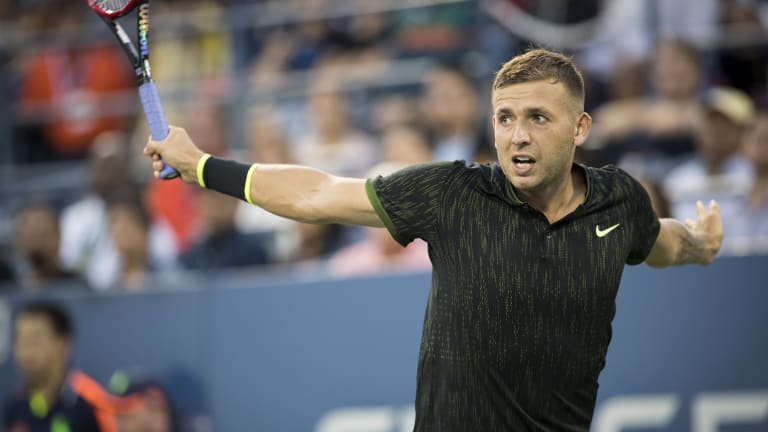NEW YORK—Tennis has been looking for a player to show us how to attack the net again. Has he been hiding in plain sight all along? That’s what I started to wonder as I watched 26-year-old, 64th-ranked Daniel Evans of England—a man once referred to by a London paper as “mouthy, blokey and a champion swearer”—work his net-rushing magic for the better part of four hours against Stan Wawrinka on Saturday night.
Evans and Wawrinka brought the first week in Louis Armstrong Stadium to a close, and the crowd in that old arena to its feet, in the best match of the tournament so far. Evans, who has never been ranked higher than No. 60, pushed the third-seeded Wawrinka to the limit. Up two sets to one, playing fearlessly and gobbling up balls at the net, he reached match point at 6-5 in the fourth-set tiebreaker. After Wawrinka saved it with a forehand volley, Evans had a golden opportunity to reach match point again when, at 7-7, he set up for a sure put-away overhead. Except that he didn’t put it away. Instead, Evans hit the ball right back to Wawrinka and eventually lost the point.
“I just hit it to the wrong side,” a morose Evans said afterward. “Actually hit it down the middle. The small things in those matches make big differences. Why I hit it down the middle ... is beyond me.”
